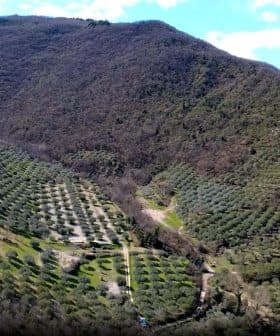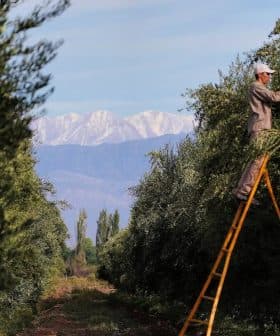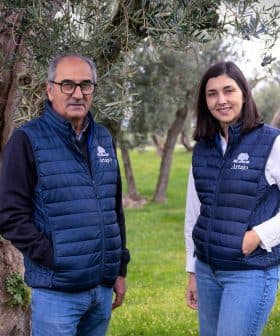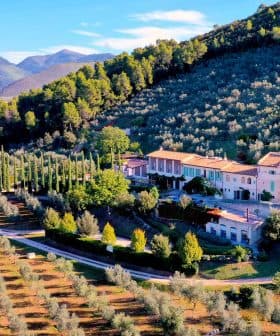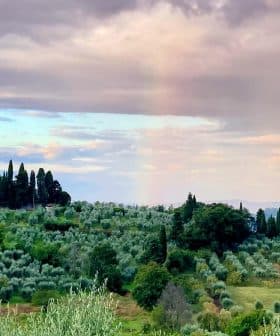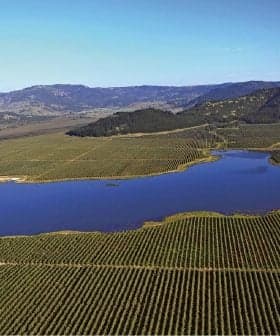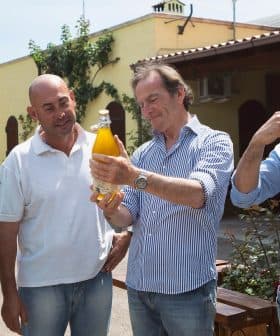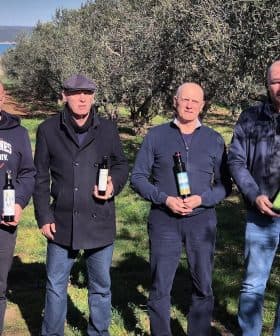Argentine Oils: From 'Plan B' Crop to Award Winners
In wine-soaked Argentina, EVOO is beginning to make its mark.
The olive oil industry in Argentina, particularly in Mendoza, is gaining traction and recognition, with efforts to promote EVOO through marketing campaigns, tourist attractions, and high-quality production. Local producers, including former vineyards, are focusing on olive oil production, with a variety of olive types being used to create unique flavors that are competitive in international markets.
There’s a saying that’s touted in the wine-loving regions of Argentina. “If you don’t drink wine, then why did you come?” Increasingly, the local olive oil industry has been responding with a new answer: “For the EVOO!”
There’s been a concerted effort in recent years to support the production and consumption of extra-virgin olive oil in the region, ranging from a government-sponsored marketing campaign with its banner phrase “Mendoza Oliva Bien” to The Olive Road, a newly minted tourist attraction where visitors can experience guided tours and tastings.
See Also:The best olive oils from Argentina for 2017
These efforts have been paying off on both a local and international level. For visitors,extra virgin olive oil tastings and tourism make for a nice break from the otherwise endless consumption of Malbec. And the country produces some of world’s best olive oils: the brand Olivares La Reconquista won a Best in Class Award at the New York International Olive Oil Competition, and Trilogia won a Silver Award.
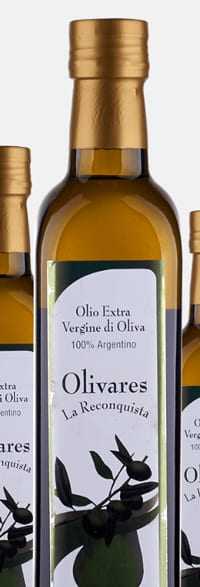
In Mendoza, whose population is largely comprised of Italian and Spanish descendants, olives and olive oil have long had a place. Olive trees were planted alongside the vineyards in accordance with Mediterranean tradition. This double planting also allowed local farmers to hedge their bets. If it was a bad year for grapes, there was always plan B: the olive crop.
But withextra virgin olive oil coming into its own in the region, some former vineyards have turned their focus to olives entirely, as was the case with the Maguay company. “We worked with both crops until 1980,” explained Florencia Giol, one of three brothers who run the Mendoza-based company. Since then, Maguay has begun to produce its ownextra virgin olive oil and offer their final products to consumers and tourists.
María Lourdes Toujas, a food scientist, and consultant for olive oil companies in Argentina, Chile and Uruguay, also noted that even the vineyards focused on high-end wines are venturing into premium olive oil production to round out their regional offerings.
“It’s very important to support the primary producer,” Lourdes Toujas said. “Without them, it’s not possible to obtain oils of this quality and quantity. Supporting this stage of the production chain is fundamental to be competitive in international markets.”
Today, Mendoza is home to approximately 16,500 planted hectares and 25 mills. The varieties used in Mendoza forextra virgin olive oil production are mainly Acauco, an Argentine olive, as well as Arbequina. Frantoio, Coratina, Farga and Picual are also used, although to a lesser extent. Extra virgin olive oils currently represent 90 percent of total production and enjoy a unique flavor profile thanks to the optimal growing climate.
As it continues to strive toward the production of premiumextra virgin olive oil and catch the attention of tourists, the olive oil industry and Mendoza Oliva Bien work to remind people of the health benefits of EVOO, a product already ingrained in the lives of its people. And for Mendocinos as well as tourists, buying local brands is getting easier by the day.


